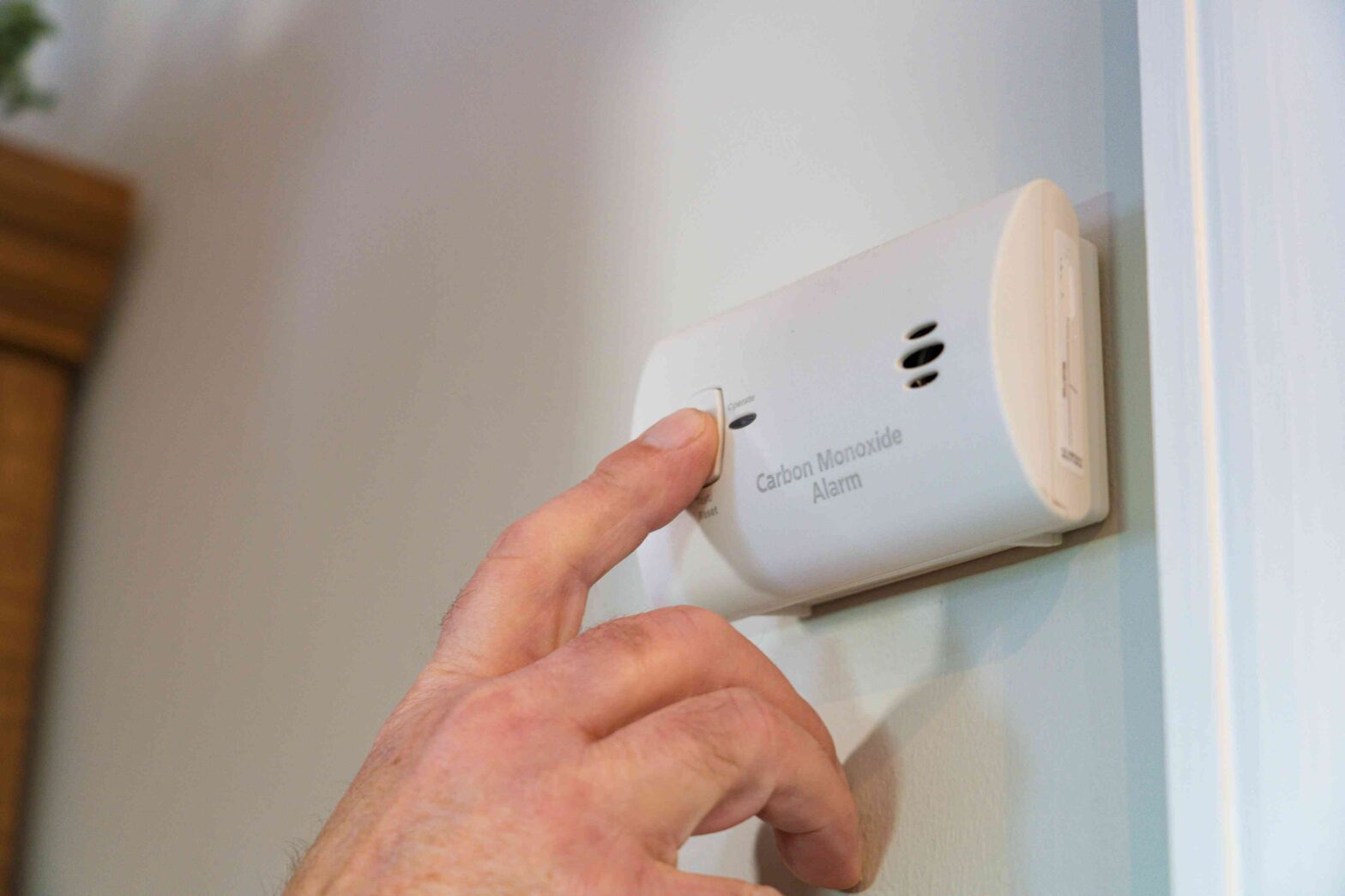Carbon monoxide (CO) is a colorless, odorless gas that can be deadly if undetected. It is produced by the incomplete combustion of fuels such as gas, oil, coal, and wood. Because it is invisible and has no smell, it is imperative to regularly check your home for carbon monoxide to ensure the safety of you and your loved ones. In this article, we will discuss the importance of checking your home for carbon monoxide and the steps you can take to do so.
Silent and Deadly:
Carbon monoxide is often referred to as the “silent killer” because it is virtually undetectable without proper equipment. It can quickly accumulate indoors, leading to carbon monoxide poisoning, which can cause severe health issues and even death. Regularly checking your home for carbon monoxide is essential to prevent potential tragedies.
Early Detection Saves Lives:
Installing carbon monoxide detectors in your home is the first line of defense against this dangerous gas. These devices are designed to sound an alarm when carbon monoxide levels reach dangerous concentrations. Test your carbon monoxide detectors regularly to ensure they are in proper working condition.
Sources of Carbon Monoxide:
Identifying potential sources of carbon monoxide is crucial in protecting your home. Common sources include gas appliances (furnaces, water heaters, stoves), fireplaces, wood-burning stoves, and attached garages. Regular maintenance and inspection of these sources can help prevent carbon monoxide leaks.
Ventilation and Proper Installation:
Ensure that your home is adequately ventilated to allow the safe dispersion of carbon monoxide. Keep vents and chimneys clear of debris, and never block them. Additionally, have all fuel-burning appliances professionally installed to ensure they are properly vented and comply with safety standards.
Recognizing Symptoms of Carbon Monoxide Poisoning:
Familiarize yourself with the symptoms of carbon monoxide poisoning, including headache, dizziness, nausea, confusion, and flu-like symptoms. If you or anyone in your household experience these symptoms, evacuate the premises immediately, seek medical attention, and contact the relevant authorities.
Professional Inspection:
Consider scheduling a professional inspection of your home’s heating and cooling systems, as well as any other potential sources of carbon monoxide. A qualified technician can identify any issues or leaks and ensure that all appliances are operating safely.
Safety Precautions:
In addition to having carbon monoxide detectors, there are other safety precautions you can take. Never use fuel-burning equipment, such as generators or grills, indoors or in enclosed spaces. Avoid running vehicles in attached garages, even with the garage door open.
Education and Awareness:
Educate yourself and your family members about carbon monoxide, its risks, and the importance of regular checks. Promote awareness among friends, neighbors, and colleagues, as spreading knowledge can help prevent carbon monoxide-related incidents.
Conclusion:
Checking your home for carbon monoxide is a crucial step in safeguarding the well-being of your household. By installing carbon monoxide detectors, identifying potential sources, ensuring proper ventilation, and taking necessary safety precautions, you can minimize the risk of carbon monoxide poisoning. Regular maintenance and professional inspections provide added peace of mind. Remember, being proactive in checking for carbon monoxide is a small but significant action that can potentially save lives.

test